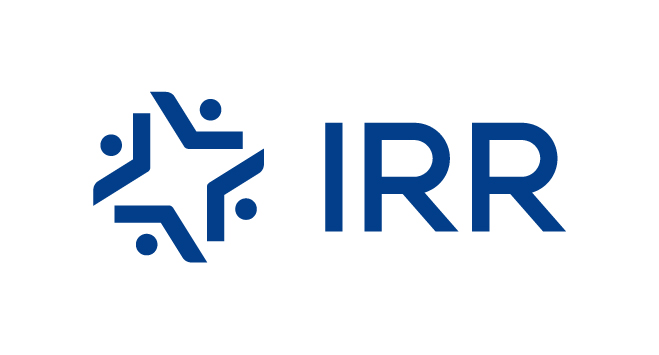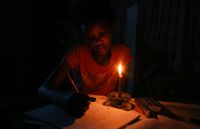Eskom is dead, and its ghost is load-shedding: 8 haunting facts about the failing power utility
Virtually every household and business in South Africa relies for its electricity on the state-owned enterprise (SOE) Eskom. Over the years, its ability to fulfil its mandate has drastically deteriorated. Instead of realizing a vision in which it can deliver affordable electricity to the country, Eskom is falling apart. Its debt is sky-high, it is crippled by corruption, and its failures plunge the country into darkness for hours at a time. For all intents and purposes, Eskom is dead, and its ghost, load-shedding, now haunts the nation.
- Load-shedding costs billions every year
South Africa loses R500 million per stage of load-shedding per day, a reflection of the grave economic consequences of Eskom’s failures. When companies suffer revenue losses, they pay less taxes and the overall effect is that the government loses out on money that could have been used to finance service delivery projects. In this way, load-shedding arrests South Africa’s development. This is the reason why South Africa needs the government to privatise Eskom. South Africa needs a stable electricity supply to get the economy churning.
- Eskom’s debt runs to billions
Eskom’s second ‘big monster’, in addition to load-shedding, is its scary levels of debt, which surpasses R350 billion. This should be a concern to South Africa’s citizens; Eskom appears to be in a critical condition where it can neither function properly nor recover from its debts. This dire situation calls for an obvious policy solution, which the government has continued to ignore: sell Eskom to the private sector!
- Chronic debt exacerbated by corruption.
Here’s an inconvenient fact that most ANC politicians cannot wish away: Eskom’s high levels of debt have been driven up to cover the organisation’s mounting costs, and the reason why the SOE has these unnecessary costs is because of corruption. So far, tenders running to more than R100 billion have been red-flagged for investigation, due to the dubious circumstances surrounding them, according to a report prepared by the law firm Bowmans. In one case, construction of an Eskom facility originally valued at R78 billion suddenly sky-rocketed to R161 billion.
- Municipalities owe the organisation billions in unpaid bills
It should not surprise you that Eskom is failing to collect payments from municipalities; the organisation is falling apart and cannot function optimally. A consequence of this is that some municipalities have been allowed to renege on their payments for electricity. Take a deep breath: according to News24, municipalities in the Eastern Cape owe Eskom R2 billion for supplying households with electricity. Once again, it has been shown that Eskom cannot do anything properly; it cannot deliver a stable electricity supply, it cannot manage its construction projects and neither can it collect the money owed by municipalities.
- Before 2008 South Africa didn’t have load-shedding
It is worth mentioning that load-shedding is a relatively new problem; the first time democratic South Africa experienced it in was in 2008. Under the leadership of President Nelson Mandela and Thabo Mbeki, Eskom was in a better condition than it is today. The saddest part about this story is that while Eskom had the ability to deliver services excellently in the past, it has now reached the point of no-return: in light of the debilitating corruption and chronic mismanagement, there’s no hope for the state-owned enterprise.
Eskom has died; it is no longer competent in meeting the needs of South Africans. Whenever the government allows Eskom’s debt to increase, this is tantamount to the state trying to resurrect the organisation like a zombie. At this point, the only way to redeem South Africa’s electricity sector is through privatization. Allowing businesses to create electricity will give South Africa the power it needs to function. Our country needs electricity so that people can prepare their food, keep the lights on as they study for tests and fulfil their other basic needs.
Cover image source available here.

